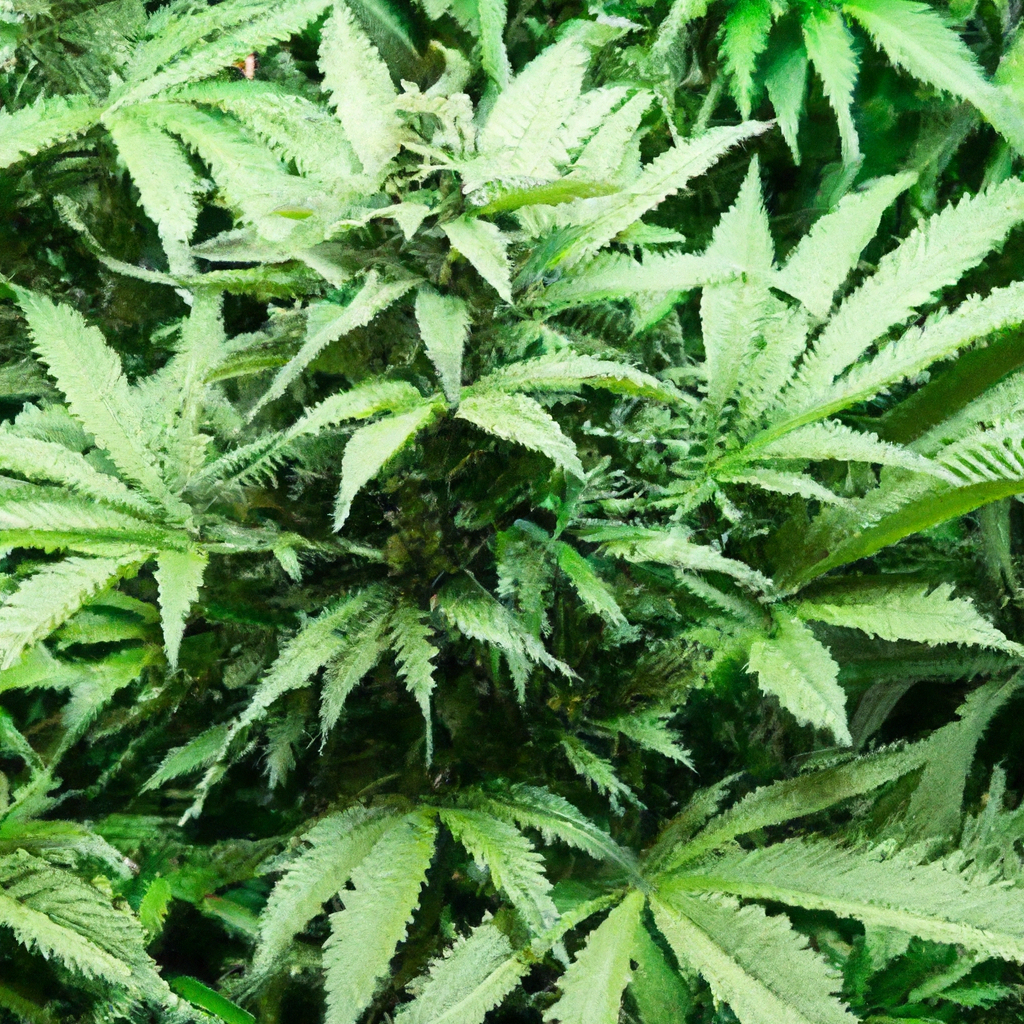By John “Magic” Greenleaf
“Growing greatness, one strain at a time.”
Introduction
As a cannabis cultivator, one of the most powerful tools in your arsenal is the ability to control and optimize microclimates within your grow space. This specialized knowledge enables you to manipulate factors like temperature, humidity, and airflow to create the perfect environment for your plants. Join me as we dive into the world of optimizing microclimates, ensuring that both hobbyists and commercial growers can achieve maximum efficiency and high-yield results.
The Science of Microclimates
Microclimates are small, specific areas within your grow environment where you can meticulously control conditions. By segmenting your grow space into these zones, you can tailor the conditions so your cannabis plants can thrive. Here are a few elements to consider:
- Temperature: Maintaining a consistent temperature according to your cannabis strain’s needs during different growth phases.
- Humidity: Balancing humidity levels to prevent mold during flowering yet support transpiration during vegetative stages.
- Airflow: Providing adequate circulation to distribute CO2 and reduce moisture accumulation on leaves.
Tools for Microclimate Optimization
Incorporating the right tools is essential for creating and maintaining ideal microclimates. Here are a few effective tools:
- Temperature and Humidity Sensors: These devices provide real-time data, allowing adjustments via automated systems.
- Air Circulators: High-efficiency fans ensure even air distribution, avoiding hot spots within the grow space.
- Climate Control Software: Integrate with sensors to automate changes based on set parameters.
Case Study: Mile High Mystique
Allow me to share a real-world example from my grow space in Colorado. “Mile High Mystique,” known for its calming effects and complex terpene profile, thrives under a specific microclimate closely monitored by automated sensors.
By maintaining a vegetative temperature of 75°F and humidity levels at 60%, we encourage rapid growth and terpene production. During the flowering phase, adjusting the temperature to 70°F and lowering humidity to 45%, we reduce mold risk while maximizing resin output.
Conclusion
Optimizing microclimates within your cannabis grow space is not just about technology but also about keen observation and adaptation. Whether you’re cultivating high-altitude sativas or soothing indicas, mastering microclimates can significantly enhance your yields and plant health. Remember, “Healthy roots, healthy buds, happy harvests.”
Tags: Environmental Control, Indoor Micro-Growing, High-Yield Optimization, Sustainability


Leave a Reply